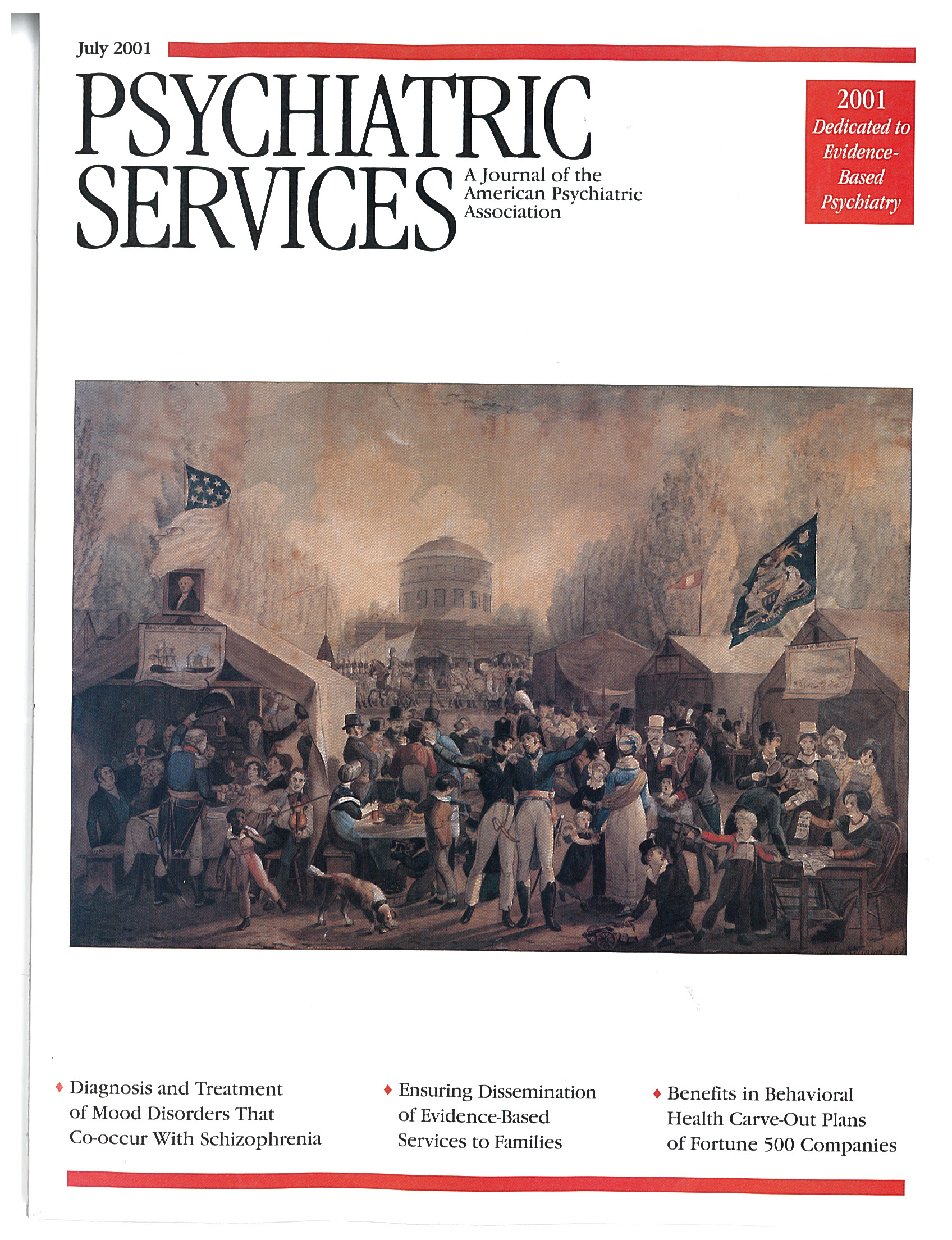Incidence of Restraint-Related Deaths
To the Editor: Emergency measures to protect extremely disturbed patients include seclusion and use of mechanical restraints. Fisher (1) reviewed the literature on seclusion and restraint and concluded that use of these methods is efficacious in reducing patients' agitation and preventing injury to themselves and others and that it is nearly impossible to operate a program for severely symptomatic patients without the use of some form of seclusion and physical or mechanical restraints.
The issue of seclusion and restraint came into the national spotlight with intense scrutiny from the media and legislatures after the death of an adolescent patient in Connecticut in 1997 (2). A subsequent investigation revealed that use of seclusion and restraints had led to the deaths of 142 people in the decade before the teenager's death (3).
National statistics are not available on the number of persons who are secluded or restrained in treatment settings, the number of episodes, the frequency of episodes, and death or injury rates. A review of the literature did not yield any published reports about the use of restraints per patient-days in the hospital or the incidence of deaths. Accurate statistics in this area may verify, refute, or mitigate the view that use of restraints is a dangerous procedure.
In our facility, we have tracked the use of restraints since 1994. Our 150-bed inpatient psychiatric county hospital for adults admits more than 950 patients a year. About 15 percent of the patients are aged 65 or older. We accept patients for both acute and extended care, and the majority of patients are involuntarily committed. The average length of stay is 30 days.
A total of 1,403 incidents of the use of mechanical restraints were documented between 1994 and 1999, for an average annual rate of 4.6 incidents per 1,000 patient-days. The rate has fallen every year, from 9.2 incidents in 1994 to 1.5 in 1999. During this period, four patients died while hospitalized; none of the deaths were related to the use of restraints.
These findings indicate that the risk of death from restraints is very low. The risk must be balanced with the risk to patients and others if severe agitation is not immediately controlled. We recognize that these findings represent the experience of one hospital. We are currently surveying all hospitals in southern New Jersey to determine the incidence of deaths from restraints in a larger sample. We encourage other facilities to share these data so that a meta-analysis can be conducted.
The authors are affiliated with the department of psychiatry in the School of Osteopathic Medicine of the University of Medicine and Dentistry of New Jersey.
1. Fisher WA: Restraint and seclusion: a review of the literature. American Journal of Psychiatry 151:1584-1591, 1994Link, Google Scholar
2. Wong S, Blint DF: Use of restraints is under scrutiny: DCF commissioner calls for state standards. Hartford [Conn] Courant, Mar 27, 1998, p A1Google Scholar
3. Rules and regulations: Medicare and Medicaid programs, hospital conditions of participation: patients' rights; interim final rule. Federal Register 64:36069-36089, 1999Google Scholar



